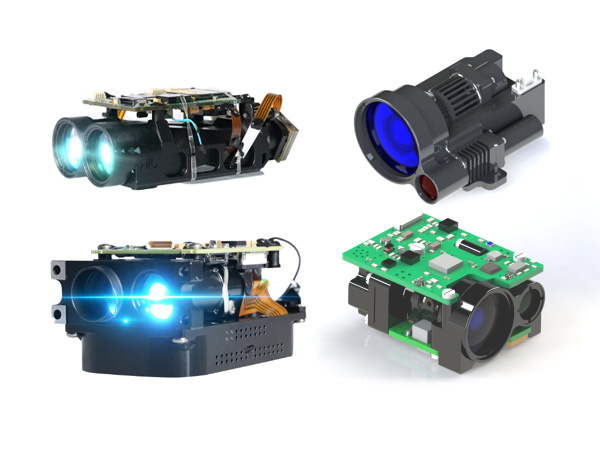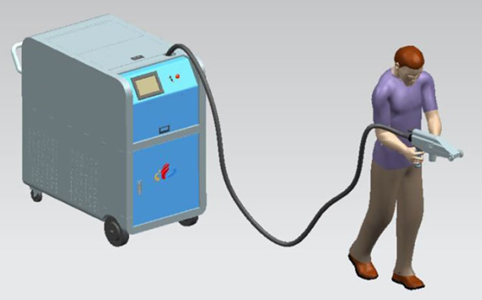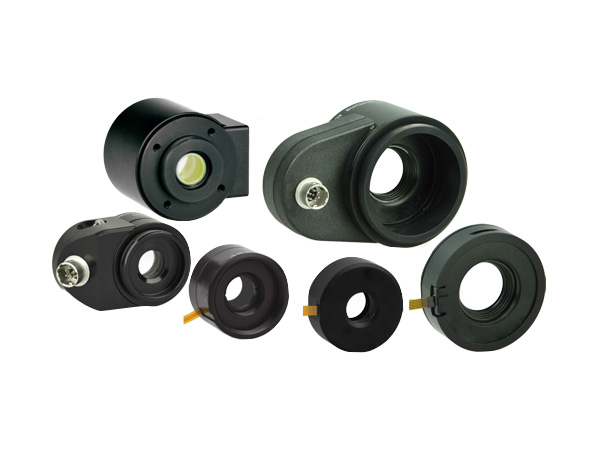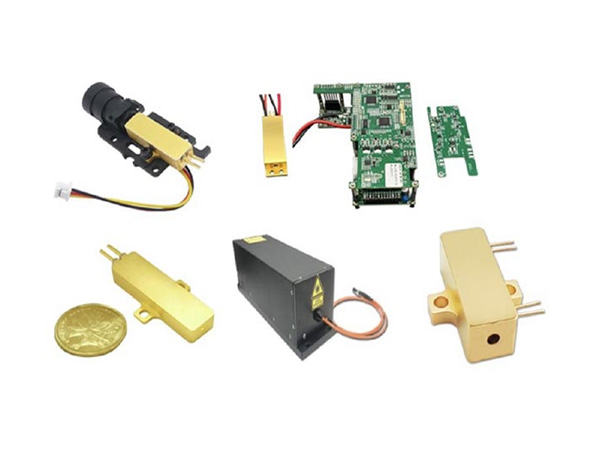[Application] Ultrafast Laser on Metal and Glass Welding
Breakthrough process welds metal and glass together using ultrafast lasers
Traditionally, welding has been limited to materials that share similar properties, so it's tough to make even aluminum and steel join forces. But now, scientists from Heriot-Watt University are claiming a breakthrough method that can weld together materials as different as glass and metal, thanks to ultrafast laser pulses.
Currently metals can be welded to metals and glass to glass, but the two don't mix well. They require different temperatures to melt and they expand differently in response to the heat. There are other manufacturing methods to get them to stick together, but they aren't quit as neat.
"Being able to weld glass and metals together will be a huge step forward in manufacturing and design flexibility," says Duncan Hand, director of the EPSRC Centre for Innovative Manufacturing in Laser-based Production Processes, which developed the new technique. "At the moment, equipment and products that involve glass and metal are often held together by adhesives, which are messy to apply and parts can gradually creep, or move. Outgassing is also an issue – organic chemicals from the adhesive can be gradually released and can lead to reduced product lifetime."
The new technique works on optical materials such as quartz, borosilicate glass and sapphire, which can now be welded to metals like aluminum, stainless steel and titanium. The key to the process was an infrared laser that fires pulses on the scale of a few picoseconds – trillionths of a second.
"The parts to be welded are placed in close contact, and the laser is focused through the optical material to provide a very small and highly intense spot at the interface between the two materials – we achieved megawatt peak power over an area just a few microns across," Hand explains. "This creates a microplasma, like a tiny ball of lightning, inside the material, surrounded by a highly-confined melt region. We tested the welds at -50° C to 90° C (-58° F to 194° F) and the welds remained intact, so we know they are robust enough to cope with extreme conditions."
The team is now working with specialists to develop a prototype laser processing system, so the method can be commercialized for manufacturing.
Source: Heriot-Watt University
 English
English Français
Français Deutsch
Deutsch euskara
euskara Русский язык
Русский язык Italiano
Italiano Português
Português Nederlands
Nederlands Polski
Polski Greek
Greek Lietuva
Lietuva Türkçe
Türkçe 日本語
日本語 한어
한어 中文
中文 தாமில்
தாமில் فارسی
فارسی हिंदी
हिंदी Tiếng Việt
Tiếng Việt ภาษาไทย
ภาษาไทย Pilipino
Pilipino Indonesia
Indonesia தாமில்
தாமில்





